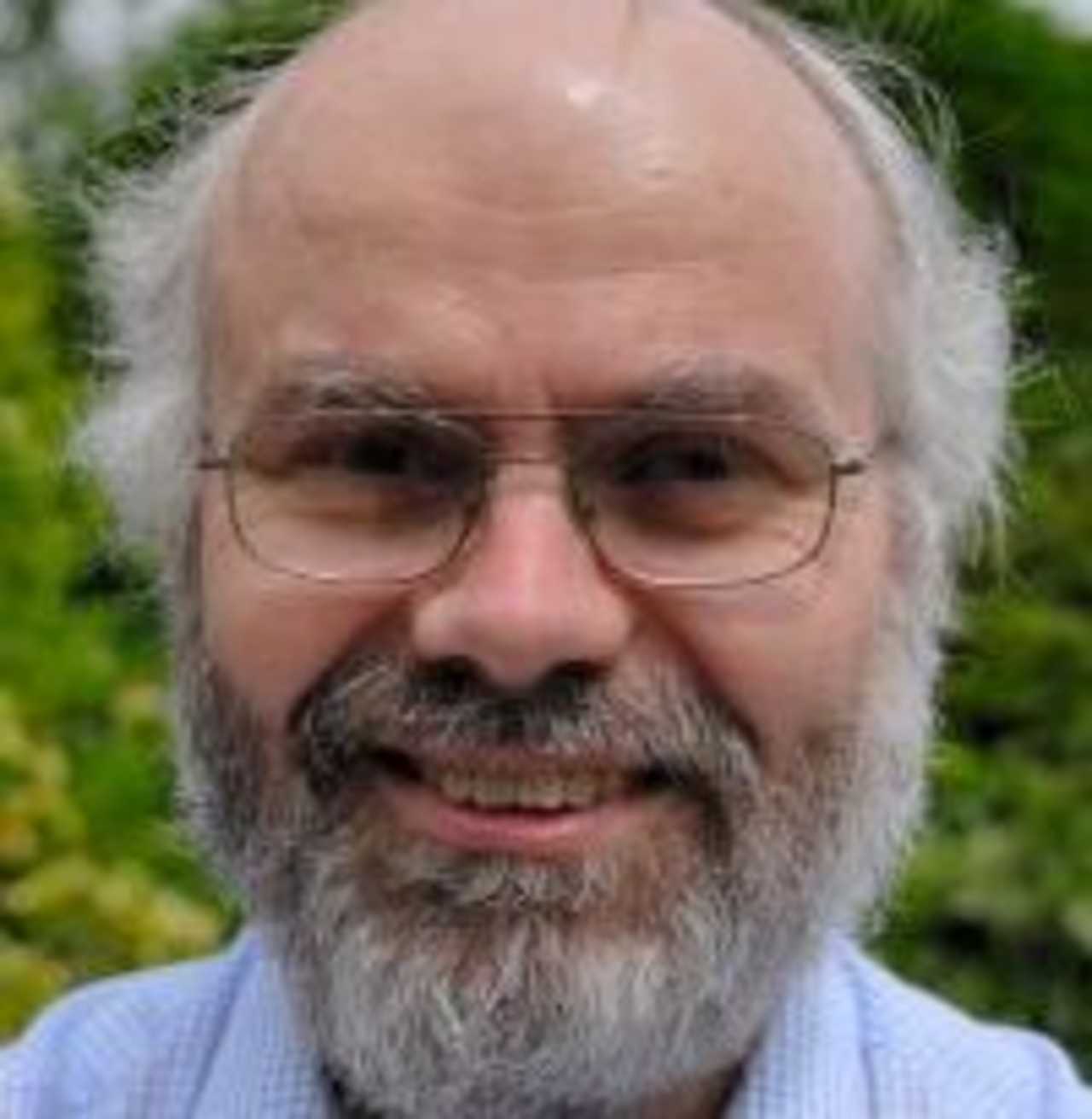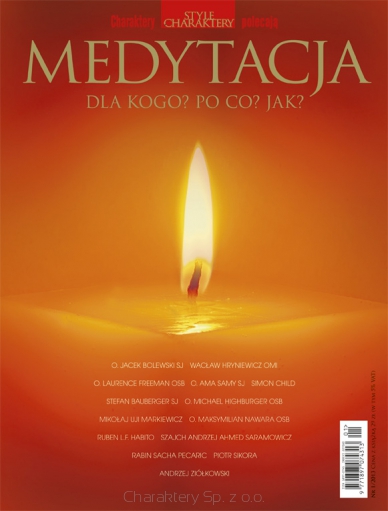What is Silent Illumination?
Article commissioned by Medytacja magazine (Poland) issue 1 2013.
Anyone who has ever tried any meditation will understand what I mean when I say that our minds are often noisy and dull. ‘Noisy’ because we experience the ‘voices’ of our thoughts filling our minds with words and images. ‘Dull’ because we see only a part of our present circumstances and environment, the part which preoccupies us, and we overlook much else that may be present. The Chan (Chinese Zen Buddhist) practice of Silent Illumination points the way to correcting this, by leading us to a mind in which the awareness is wide-open and all-seeing (clear, bright, awake, ‘Illuminated’) and yet the mind does not generate any commentary or other mental chatter (calm, peaceful, ‘Silent’).
The fundamental problem is our innate tendency, which we have each developed and refined during the decades of our lives, to evaluate the world in terms of whether some circumstance or encounter may be beneficial or dangerous to ‘me’, in which case I give it a lot of attention, or whether it seems unimportant or irrelevant, in which case I ignore it. This splitting goes on all the time, sometimes consciously but often unconsciously. It is the process that the Buddha referred to in the second Noble Truth as the origin of ‘Dukkha’, the Sanskrit word for suffering or dissatisfaction – we are preoccupied with concern that we may not get what we want, and may lose what we have, and this leaves us wary and unsettled.
It is natural and useful that we do that to some extent, or else we might fall prey to common dangers such as starvation or car accidents. But we are such complex social creatures with such powerful thinking minds that we overdo it. We can spend many hours thinking anxiously about some past situation and trying to rework it because we didn’t like the outcome, or planning future possibilities fearing an unfavourable result, and all this time our attention has been narrowed and we have overlooked opportunities and delights in the present moment. Practising Silent Illumination leads us to a balanced mind, one which indeed can function safely and effectively in response to common dangers and opportunities but which is not ‘narrow-minded’ and preoccupied with selfish concerns.
The two aspects of the practice, Silence and Illumination, need to be cultivated together. If we over-emphasise one aspect and neglect the other then that is not Silent Illumination. For example, there are many meditation methods which emphasise calming and silencing the mind but often these include an element of suppression of the mind so as to reduce the tendency for the mind to wander. The common method of settling the mind by focusing on the breath (or some other object such as a mantra or an image) may be excellent for a meditator whose mind is very unsettled (and so we often recommend this as preparation for practising Silent Illumination). But by directing the mind to focus solely on the breath one is excluding the possibility of a wide open awareness. Silent Illumination takes a different approach.
One meaning of the term ‘Silent Illumination’ is not a meditation method at all but is a state or a way of being. If you are in a state of wide open awareness with a silent mind then there is no need to apply any method of meditation. Indeed to do so would be inappropriate as you would be adding unnecessary activities and ambitions to a mind which is already bright and clear. This is the state of Silent Illumination, but the question is how might one discover or enter that state.
It is possible that you might fall into that state spontaneously, and it is also possible that you might move to it from some other meditation method. For example, if well-practised at following the breath you may be able to maintain the same concentration and silence of mind whilst opening the awareness wider than just the breath. The traditional way to enter Silent Illumination is by settling the attention on awareness of your body, the experience of sitting, the sense of bodily presence.
It may appear that focusing on body awareness could lead to the same problem as focusing on breath awareness, that you would exclude a wider awareness, but it turns out to be quite different. It is through the sense organs of the body that we hear sounds, we see light and objects, and we feel the touch of a breeze and perhaps smell the scent of incense or flowers. So in focusing on body awareness we are automatically cultivating awareness of our surroundings as well. And similarly we also include full awareness of our inner world, most directly as we experience emotional feelings being felt as part of the physical body sensation but also as we locate thoughts as arising ‘in’ the body or head. We discover that the act of sitting with full experience of our body sensation leads us to cultivate a full three-dimensional 360 degree awareness of physical body together with our inner and outer worlds.
It can be a difficult practice to stabilise, and it is wise to check your practice with a teacher. As the awareness is open wide there is so much more material for the mind to comment about and so the silence may be lost. And in trying to suppress the tendency of the mind to wander the awareness can become reduced. In either case this is not yet Silent Illumination, but with guidance and practice one can taste the freedom and spaciousness and liveliness of this state.
This is an ancient practice which derives from the teachings of the Buddha, from the Samatha-Vipassana practices of Indian Buddhism, from the early Chan Masters, and especially from Chan Master Hongzhi in 12th Century China. Subsequently it spread to other countries, notably to Japan where it is the basis of the Soto Zen practice of Shikantaza. It is an ancient Oriental practice with monastic origins, but one which is perfectly suited to modern Western lay people who can learn and cultivate the practice and naturally carry it through into their lives as an everyday mindfulness which is present, attentive, and open in all circumstances.
- Publication date:
- Modified date:
- Categories: For Newcomers 2012 Other Articles Simon Child
-
 Western Chan Fellowship CIO
Western Chan Fellowship CIO - Link to this page
Back


©Western Chan Fellowship CIO 1997-2025. May not be quoted for commercial purposes. Anyone wishing to quote for non-commercial purposes may seek permission from the WCF Secretary.
The articles on this website have been submitted by various authors. The views expressed do not necessarily represent the views of the Western Chan Fellowship.
Permalink: https://w-c-f.org/Q372-368





